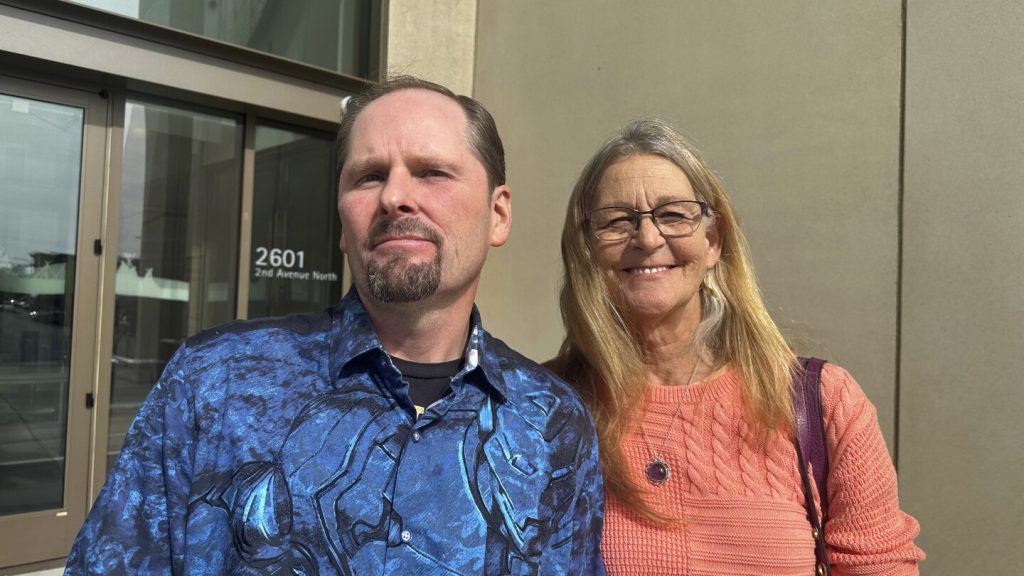A Montana man, Richard Rogers, was convicted of threatening former House Speaker Kevin McCarthy after expressing anger about a Chinese spy balloon floating over his city. Rogers made over 100 calls to McCarthy’s office in just 75 minutes, as well as hundreds of calls to an FBI tip line. He was found guilty on charges of threatening a member of Congress and making harassing telephone calls. Sentencing is scheduled for January 31, with Rogers facing up to six years in prison and a $250,000 fine.
Rogers argued that his calls were a form of civil disobedience and protected under the First Amendment as free speech. However, prosecutors contended that his actions crossed the line with a direct threat on McCarthy’s life and abusive language towards Congressional staff and FBI operators. The calls played in court revealed Rogers’ demands for investigations into various conspiracy theories involving the FBI and President Joe Biden. Prosecutors emphasized that harassment of government employees is not permissible under federal law, regardless of free speech rights.
Threats against public officials in the U.S. have been on the rise in recent years, with over 8,000 threats investigated by the U.S. Capitol Police in 2023 alone. Officials anticipate a surge in threats leading up to the 2024 election. Rogers’ case is part of this trend, reflecting a broader pattern of increasing hostility towards lawmakers, election workers, and local officials. This rise in threats underscores the need for measures to protect public officials and ensure the safety of those serving in government positions.
During his trial, Rogers maintained that he did not intend to threaten anyone and was simply seeking to be heard through his calls. His defense attorneys argued that his use of vulgar language and obscene comments was a legitimate form of expressing grievances to the government. However, the prosecution emphasized that abusive behavior towards government employees cannot be justified as legitimate political protest. Rogers’ testimony and actions reflect a growing trend of individuals using aggressive and threatening language towards public officials, which has serious legal consequences.
After the guilty verdict was delivered, Rogers expressed dissatisfaction with his defense attorneys for not adequately presenting his case. He continued to maintain his innocence and claimed he never made any direct threats. Rogers’ behavior during the trial, including wearing shirts depicting superheroes and a reference to Donald Trump’s slogan, hints at his political beliefs and motivations. However, the prosecutor asserted that the case was not about politics but rather about illegal harassment and threats against a member of Congress. Rogers’ conviction adds to a string of similar cases in Montana where individuals have faced legal consequences for making threats against public officials.
In conclusion, the conviction of Richard Rogers for threatening former House Speaker Kevin McCarthy highlights the seriousness of making threats against public officials. Rogers’ case is part of a broader trend of increasing hostility towards lawmakers and government employees, with over 8,000 threats investigated by the U.S. Capitol Police in 2023. The rise in threats underscores the need for measures to protect public officials and ensure the safety of those serving in government positions. Moving forward, it will be important to address the root causes behind these threats and uphold the rule of law to prevent further instances of illegal harassment and intimidation of elected officials.


